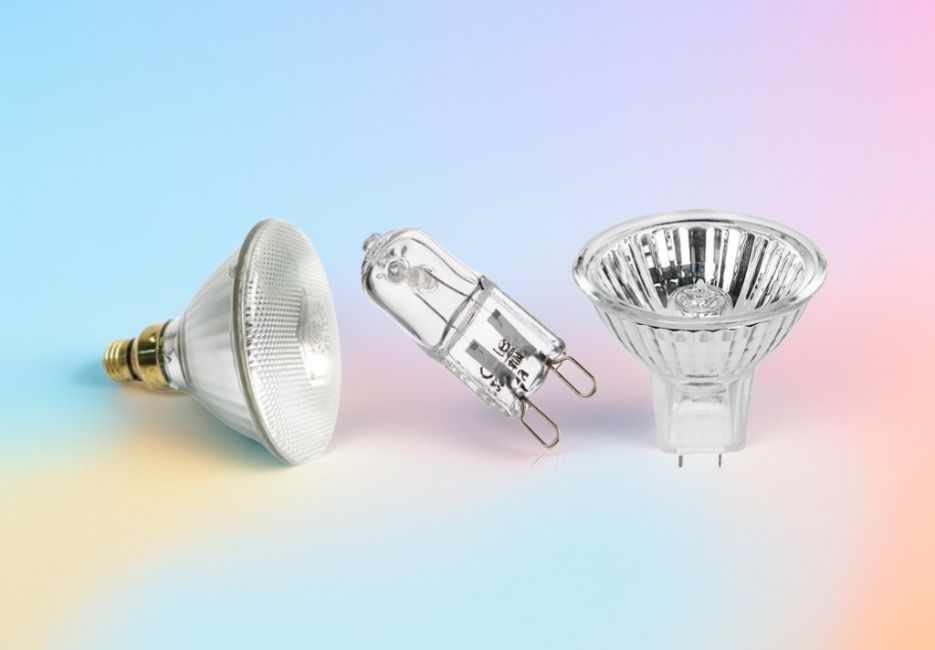Halogen bulbs are a type of incandescent light bulb that uses halogen gas to increase their efficiency and lifespan. They produce a bright, white light that is similar to natural daylight. Halogen bulbs are commonly used in both residential and commercial settings due to their versatility and performance.
Halogen bulbs offer bright, clear light output and a longer lifespan than incandescent bulbs due to their unique design with a tungsten filament in a halogen gas-filled envelope. With a variety of types available, from A-line for everyday use to PAR and capsule bulbs for specialized lighting, you can easily customize your lighting design to suit your needs and preferences.
In this article, we will explore the fundamentals of halogen bulbs, discuss the benefits they offer, delve into the different types available, weigh the pros and cons, provide tips for choosing the right bulb for your needs, and offer safety tips for using halogen bulbs. By the end, you will have a comprehensive understanding of halogen bulbs and be able to make informed decisions when it comes to lighting up your space.
Fundamentals of Halogen Bulbs
Halogen bulbs work by passing an electric current through a tungsten filament, which is enclosed within a small quartz or hard glass envelope. The envelope contains a halogen gas, such as iodine or bromine, which reacts with the tungsten vapor to create a chemical cycle that regenerates the filament and prolongs the bulb’s lifespan.
This process allows halogen bulbs to operate at higher temperatures than traditional incandescent bulbs, resulting in a brighter and more efficient light output. The halogen gas also prevents the darkening of the bulb’s envelope, which can occur with regular incandescent bulbs due to the buildup of tungsten particles.
It’s important to note that halogen bulbs operate at higher temperatures and should be handled with care. Avoid touching the bulb with bare hands as the oils from your skin can cause damage and reduce the bulb’s lifespan. Use a clean cloth or gloves when replacing halogen bulbs.
Benefits of Halogen Bulbs
Halogen bulbs offer several benefits that make them a popular choice for lighting applications. Firstly, they provide a bright and clear light output that closely resembles natural daylight. This makes them ideal for tasks that require precise visibility, such as reading, cooking, or working on detailed projects.
Additionally, halogen bulbs have a longer lifespan compared to traditional incandescent bulbs. The halogen gas helps to regenerate the tungsten filament, resulting in a bulb that lasts up to two times longer. This means fewer bulb replacements and lower maintenance costs in the long run.
Furthermore, halogen bulbs are highly versatile and can be used in a wide range of fixtures and applications. They are available in various shapes and sizes, including standard A-line bulbs, PAR bulbs for spot and flood lighting, and capsule bulbs for compact fixtures. This allows for flexibility in design and ensures that there is a halogen bulb suitable for every lighting need.
6 Types of Halogen Bulbs
Halogen bulbs come in different types to accommodate various lighting requirements. Some of the common types of halogen bulbs include:
1. A-line bulbs
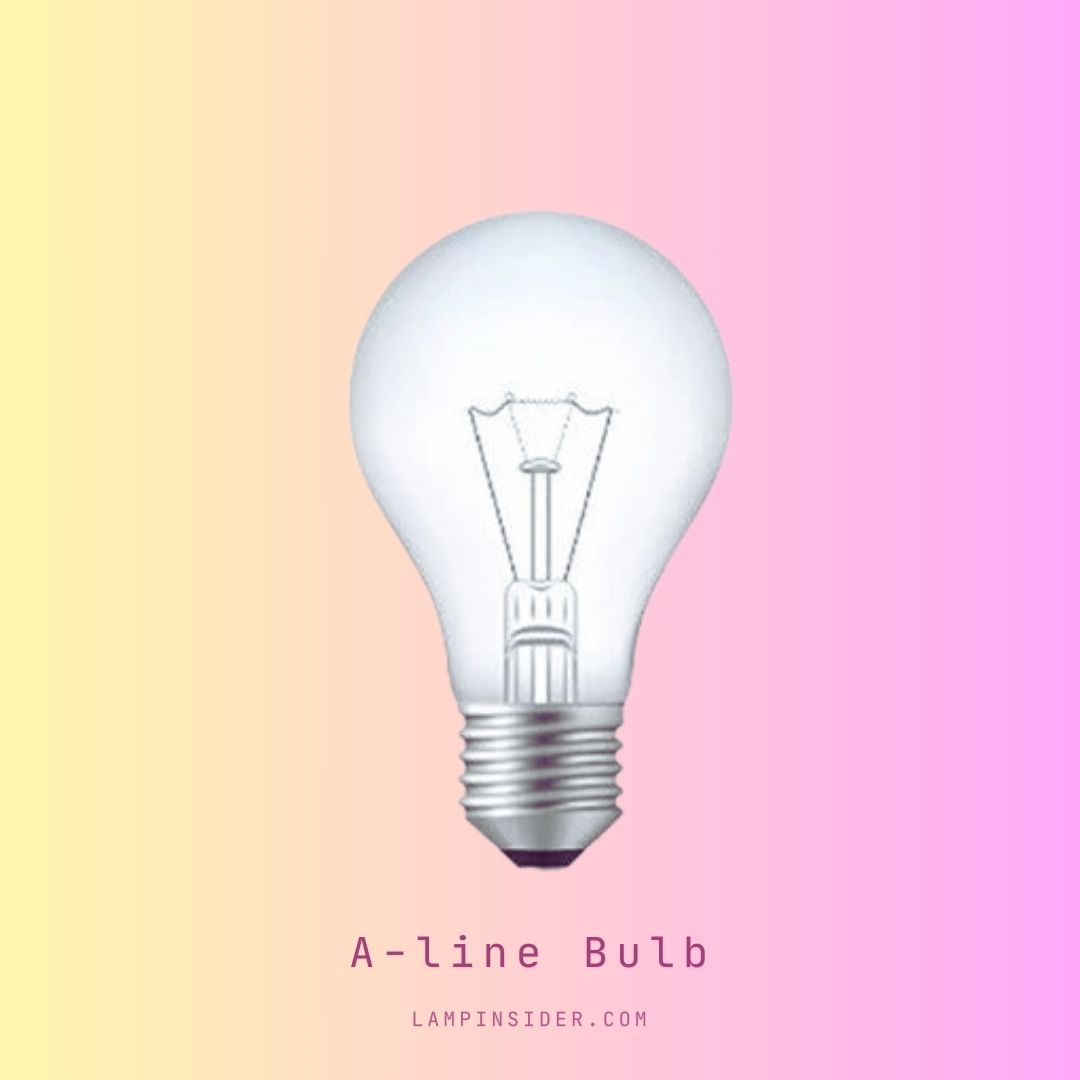
These are the standard halogen bulbs that resemble the shape of traditional incandescent bulbs. They are commonly used in table lamps, floor lamps, and ceiling fixtures.
2. PAR bulbs
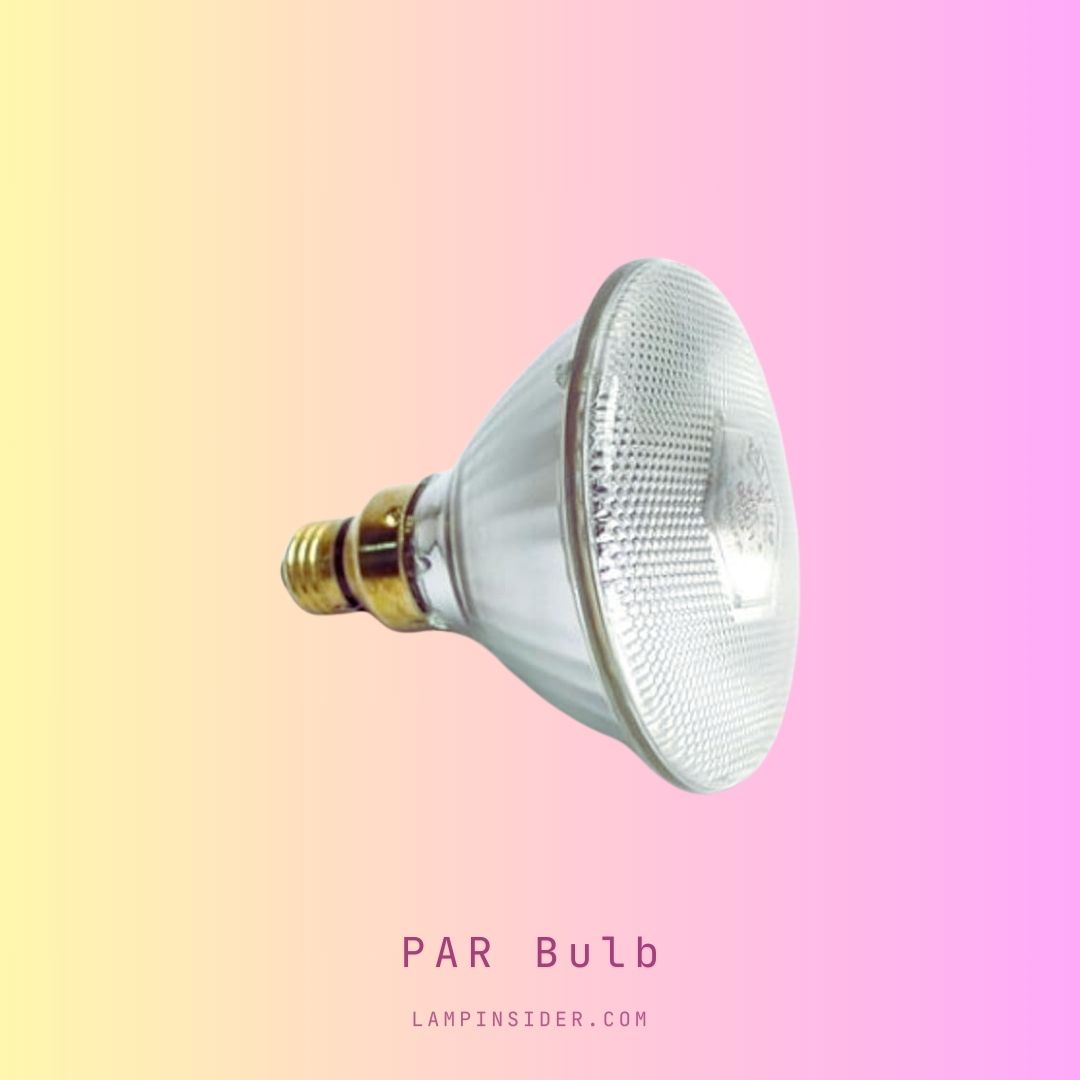
PAR stands for Parabolic Aluminized Reflector. These bulbs have a reflective coating that helps to direct and control the light beam. PAR bulbs are often used for spot and flood lighting in track lighting, recessed lighting, and outdoor fixtures.
3. Capsule bulbs
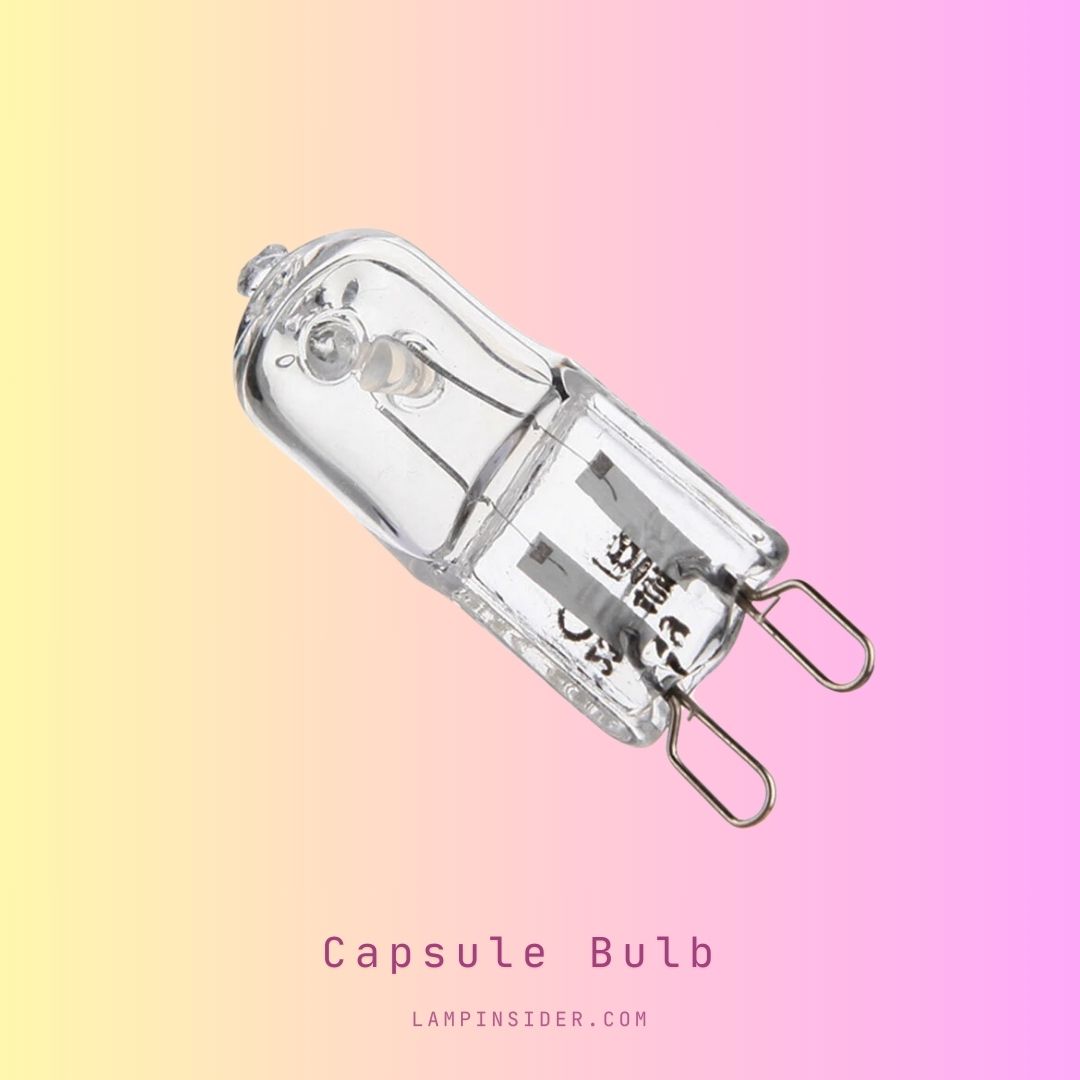
These are small, compact bulbs that are commonly used in specialty fixtures such as desk lamps, under-cabinet lighting, and pendant lights. Capsule bulbs are available in different base types, including G4, G9, and GU10.
4. Tube bulbs
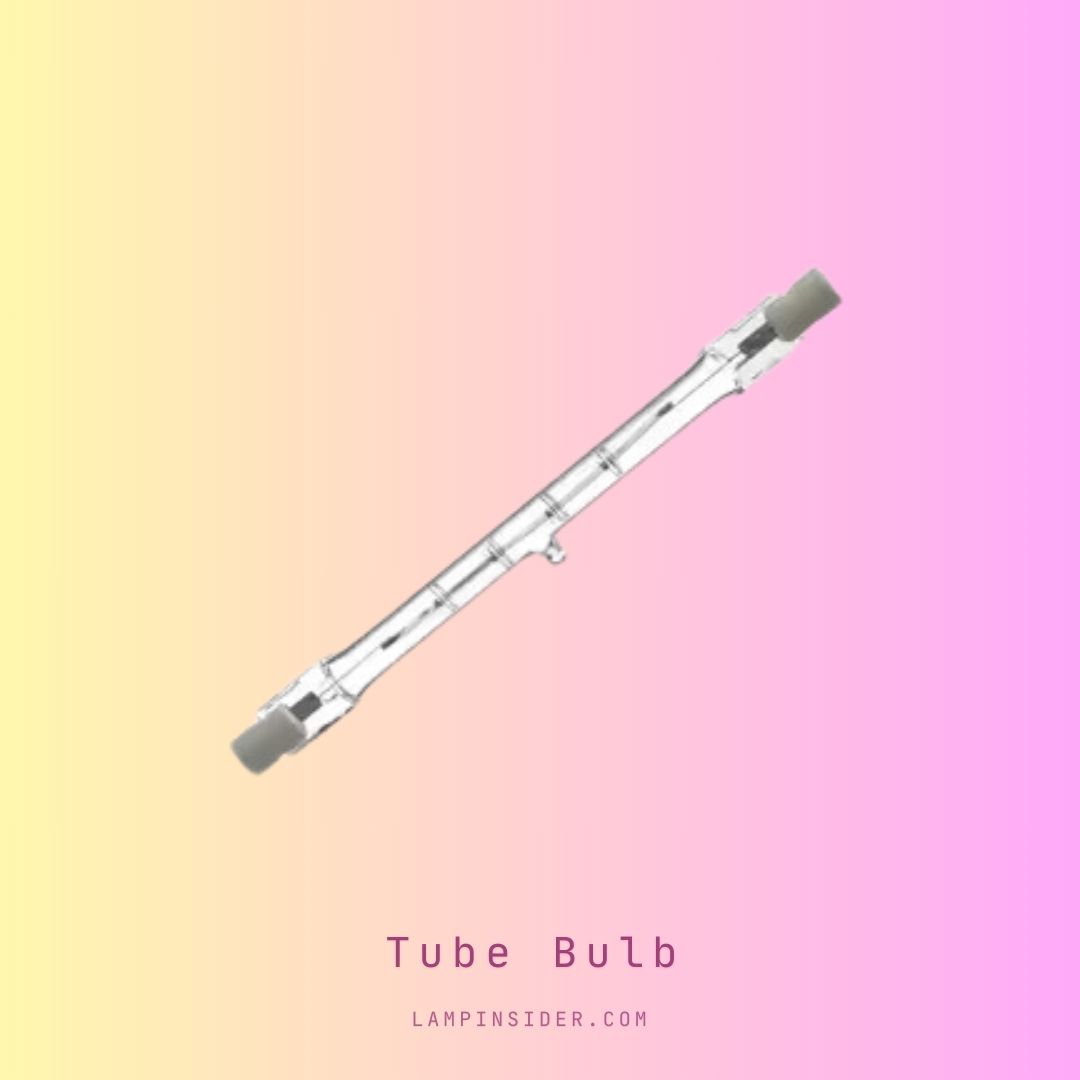
Tube halogen bulbs are long and slender, making them suitable for use in linear fixtures such as strip lights, under-cabinet lighting, and wall sconces. These bulbs provide a uniform and diffused light output, making them ideal for creating ambient lighting in various settings.
5. Globe bulbs

Globe halogen bulbs have a spherical shape that disperses light in all directions, making them perfect for pendant lights, chandeliers, and decorative fixtures. These bulbs offer a soft and warm glow, adding a touch of elegance to any space.
6. Reflector bulbs

Reflector halogen bulbs are designed with a reflective surface inside the bulb to focus and direct the light output. These bulbs are commonly used in recessed lighting, track lighting, and display lighting to highlight specific areas or objects with precision.
Each type of halogen bulb serves a specific purpose and provides unique lighting effects, allowing you to customize your lighting design according to your preferences and needs. With a wide range of options available, you can easily find the perfect halogen bulb to enhance the atmosphere of any room in your home or business.
When choosing a halogen bulb, consider the specific lighting needs of your space and the type of fixture you will be using. It’s important to select a bulb with the appropriate wattage, color temperature, and beam angle to achieve the desired lighting effect.
Pros and Cons of Halogen Light Bulbs
Like any lighting technology, halogen bulbs have their pros and cons. Here are some of the advantages and disadvantages to consider:
| Pros | Cons |
|---|---|
| Bright and clear light output | Higher energy consumption compared to LED bulbs |
| Longer lifespan compared to traditional incandescent bulbs | Operate at higher temperatures |
| Versatility in terms of bulb shapes and sizes | More expensive upfront cost compared to incandescent bulbs |
| Instant full brightness without warm-up time | |
| Dimmable |
When deciding whether to use halogen bulbs, weigh these pros and cons against your specific lighting needs and energy efficiency goals.
Choosing the Right Halogen Bulb for Your Needs
Selecting the right halogen bulb involves considering several factors to ensure optimal lighting performance. Here are some tips to help you choose the right bulb for your needs:
- Determine the desired light output: Consider the brightness level and color temperature required for your space. Halogen bulbs are available in different wattages and color temperatures, ranging from warm white to cool white.
- Check the beam angle: Depending on the application, you may need a narrow or wide beam angle. A narrow beam angle is suitable for focused lighting, while a wide beam angle is ideal for general illumination.
- Consider the bulb shape and size: Choose a bulb shape and size that fits your fixture and complements the overall design of your space. A-line bulbs are versatile and can be used in various fixtures, while PAR bulbs and capsule bulbs are more specialized.
- Look for energy-efficient options: While halogen bulbs are more energy-efficient than traditional incandescent bulbs, they are still less efficient compared to LED bulbs. Consider upgrading to LED bulbs for even greater energy savings.
By taking these factors into account, you can select the right halogen bulb that meets your lighting needs and preferences.
Tips for Using Halogen Bulbs Safely
To ensure safe and proper use of halogen bulbs, follow these tips:
- Avoid touching the bulb with bare hands as the oils from your skin can cause damage and reduce the bulb’s lifespan. Use a clean cloth or gloves when handling halogen bulbs.
- Allow the bulb to cool before replacing it. Halogen bulbs operate at high temperatures and can cause burns if handled immediately after use.
- Make sure the bulb is securely installed in the fixture. Loose bulbs can cause flickering or even pose a fire hazard.
- Keep flammable materials away from halogen bulbs, as they can reach high temperatures and pose a fire risk.
- Do not exceed the recommended wattage for your fixture. Overloading the fixture with a higher wattage bulb can lead to overheating and potential damage.
By following these safety guidelines, you can enjoy the benefits of halogen bulbs while minimizing the risk of accidents or damage.
Conclusion
Halogen bulbs are a versatile lighting option that provides a bright and clear light output. They offer several benefits, including longer lifespan and flexibility in design. With different types available, such as A-line bulbs, PAR bulbs, and capsule bulbs, there is a halogen bulb suitable for every lighting need.
When choosing halogen bulbs, consider factors such as light output, beam angle, bulb shape, and energy efficiency. Additionally, follow safety guidelines to ensure proper handling and usage of halogen bulbs.
By understanding the fundamentals of halogen bulbs and exploring the different types, you can make informed decisions about lighting up your space and create the desired ambiance.
If you have any more questions about halogen bulbs, refer to the FAQs section below.
FAQs
Q: Are halogen bulbs energy-efficient?
A: While halogen bulbs are more energy-efficient than traditional incandescent bulbs, they are still less efficient compared to LED bulbs. Consider upgrading to LED bulbs for even greater energy savings.
Q: Can halogen bulbs be used in dimmable fixtures?
A: Yes, halogen bulbs are dimmable and can be used in fixtures that support dimming functionality. However, make sure to use a compatible dimmer switch and follow the manufacturer’s guidelines.
Q: How long do halogen bulbs last?
A: Halogen bulbs have a longer lifespan compared to traditional incandescent bulbs. They can last up to two times longer, depending on usage and operating conditions.
Q: Can halogen bulbs be used outdoors?
A: Yes, there are halogen bulbs specifically designed for outdoor use. These bulbs have weatherproof features to withstand the elements. Make sure to check the packaging or product specifications to ensure suitability for outdoor applications.
Q: Can I replace my incandescent bulbs with halogen bulbs without changing the fixture?
A: In most cases, halogen bulbs can be used as a direct replacement for incandescent bulbs without the need to change the fixture. However, it’s important to check the compatibility and wattage requirements of your fixture to ensure proper operation and safety.
Q: Are halogen bulbs recyclable?
A: Yes, halogen bulbs can be recycled. Check with your local recycling facilities for proper disposal methods and guidelines.
Q: Can halogen bulbs be used in enclosed fixtures?
A: Yes, halogen bulbs can be used in enclosed fixtures. However, it’s important to check the packaging or product specifications to ensure that the bulb is suitable for enclosed applications.
Q: Do halogen bulbs emit UV radiation?
A: Yes, halogen bulbs emit a small amount of UV radiation. However, the level of UV emitted is significantly lower compared to traditional incandescent bulbs and is generally considered safe for regular exposure.
Q: Can halogen bulbs be used with a timer or motion sensor?
A: Yes, halogen bulbs can be used with timers and motion sensors. However, make sure to use a compatible timer or motion sensor that is designed to work with halogen bulbs.
Q: Can halogen bulbs be used with a dimmer switch?
A: Yes, halogen bulbs are dimmable and can be used with dimmer switches. However, make sure to use a compatible dimmer switch that is specifically designed for use with halogen bulbs.

Ophelia Scott is a Lighting Specialist at Lamp Insider, with a rich background at Philips, where she honed her skills in crafting beautiful and functional lighting designs. She resides in Colorado and holds a degree from the University of Colorado Boulder.
